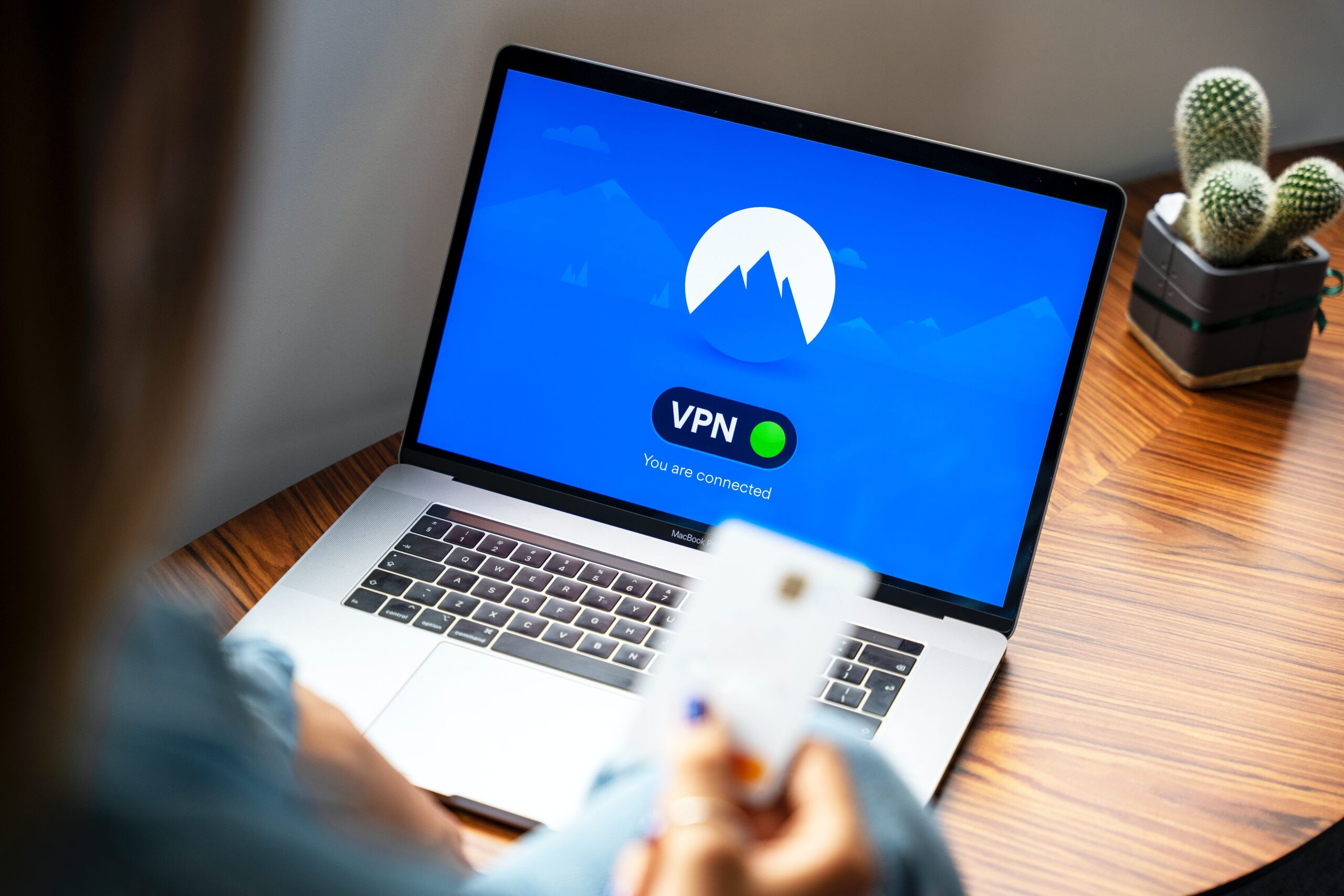5 Easy Steps to Boost Your Cyber Security is no longer a “nice to have.” It is essential.
Cyber attacks can be incredibly damaging to businesses and their customers. It’s important to take a holistic approach to cybersecurity that includes people, policies and processes, and technology.
Even a small data breach can be financially devastating. These simple steps can help boost your cyber security and reduce the risk of an attack.
1. Install Antivirus Software
If your business has not yet installed antivirus software, it’s time to get on it. Businesses of any size present a larger target for hackers who are looking to score massive caches of consumer data and make a name for themselves with hacktivism (disrupting professional systems for political or social purposes).
A comprehensive antivirus program can search, detect and eliminate a wide range of malware threats, including spyware, adware and trojan horses. It also can remove unnecessary programs from your computer to limit the avenues hackers can use for attacks. This can significantly improve your cybersecurity.
2. Change Your Passwords Regularly
If you use simple passwords, or reuse the same password on different accounts, hackers can easily guess your password and gain access to your personal information. Changing your passwords regularly makes it harder for hackers to continue accessing your account over time.
Passwords are the key to your personal information, including your name, home address, credit card details and more. Keeping your passwords strong by using long strings of letters, numbers and symbols helps you keep your information secure.
However, many experts believe that forcing people to change their passwords frequently can cause them to suffer “password fatigue” and settle for simpler variations on the same theme.
3. Update Your Computers
Cybercriminals often take advantage of vulnerabilities, flaws and weaknesses (bugs) in the security of software programs. This is why it’s important to regularly update your computers, including the operating systems, and any apps you use on them.
In addition to fixing bugs, updates may also include new features that improve functionality. They might give your program a new shot of stability, or boost performance to keep you running faster.

You can even configure most operating systems and apps to automatically update, so you don’t have to think about them. This is one of the easiest ways to protect yourself from cyberattacks! It’s also essential to use modern hardware with built-in security features.
4. Create Backups
Creating backups is one of the most important steps you can take to boost your cyber security and protect your business against data disasters. Backups help your organization minimize disruption and recovery time if your systems are compromised by malware, ransomware or even natural disasters.
You should regularly back up your critical information, such as calendars, emails, and customer details. Ensure your backups are stored somewhere secure and disconnect them from the machine when not in use, as this can reduce the risk of a threat actor infecting your backups. A good backup solution also encrypts your data to add another layer of protection.
5. Don’t Connect to Public Networks
The convenience of public Wi-Fi is attractive to many people who work remotely, travel or want to check their social media. However, the lack of security on these networks can allow cybercriminals to snoop on your devices and steal your information or redirect you to harmful websites designed to gain access to your credentials.
In addition, using public Wi-Fi makes it easy for hackers to take over your account by accessing the passwords you use to login. To prevent this, make sure you use two-factor authentication on any accounts that offer it, which provides an extra layer of protection even if your password is stolen.
6. Don’t Be “Secure Enough”
It’s important to remember that cyber attacks can happen to any business, regardless of how well they’re protected. Educating employees, prioritizing cybersecurity awareness and implementing safe cybersecurity best practices decreases desirability to hackers and makes it easier for businesses to stop breaches from happening.
All users should be provided with only the system privileges and data access rights they need to do their job. This principle is known as “least privilege.”
Taking these preventative measures doesn’t eliminate all risks, however. Even the largest and most successful companies have suffered security breaches. There’s no such thing as being secure enough to avoid a data breach, so it’s important to continue implementing best practices and staying on top of new threats.

One thought on “5 Easy Steps to Boost Your Cyber Security”